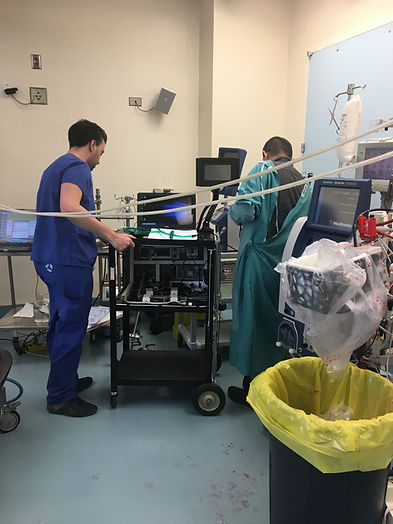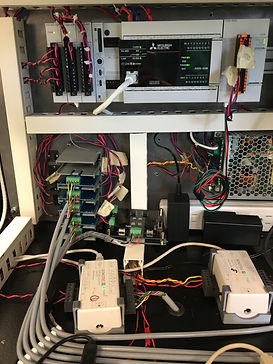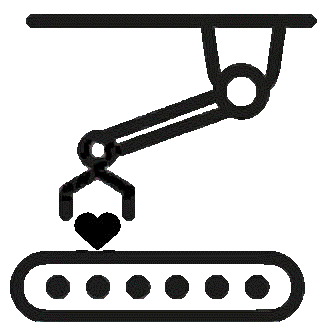A world class ex-vivo heart perfusion system is being developed at the Peter Munk Cardiac Center in Downton Toronto. Led by surgical director at the heart transplantation department, a large group of scientists work with a variety of medical devices to keep the heart alive and stable outside the body.
Problem:
One of the challenges with this unique system was for scientists to manually adjust all the physical parameters that were controlled by the many independent medical devices involved in the system. A process that was extremely difficult if not impossible for a human to do. The medical team therefore needed the medical devices to be integrated in one system that is controlled by a master automated controller with an interface designed to cater to the scientists working on the project.
Challenges:
A big challenge was that the medical devices involved, were unique to the medical industry and often were manufactured by one company with proprietary design. Therefore engineering resources in terms of information on the design and functionality of the devices were extremely limited.
Another major challenge was that these medical devices were not designed to communicate to common industrial controllers such as PLCs, data loggers or any other type of common controller. For example an important pressure transducer that was designed to connect to hemodynamic monitors used in hospitals now needed to be connected to a controller/PLC.
Funding and time were both big issues, as each round of experiment that took place required booking an expensive operation room and organizing a large amount of logistics and going through lots of hospital bureaucracy.
Solution:

Working with the medical scientists, focus was placed into dissecting and deciphering every medical equipment involved in the system to understand and "reverse engineer" their functionality.
Often these medical devices were taken apart, their front panel knobs and their potentiamteres were disintegrated so that they could be bypassed such that the master controller (PLC) can connect and takeover. In other cases pumps were disintegrated so that they could be controlled directly by the master controller (PLC).
once the ground work for the requirements of a master controller was laid,
all the hardware and PLC were selected, all the installation and custom wiring between the hardware and all medical components were also completed. A 9" interface as well as the master PLC were also programmed such that scientists can start controlling the medical equipment through the master controller (PLC).

Last but not least, work started to decipher and reverse engineer the medical pressure transducers that were unique to the medical industry. As they also needed to be connected to the master PLC, they had to be taken apart from the hemodynamic monitors. Their raw non-standard signal that was previously being fed to the hemodynamic monitors now needed to connect to the master PLC. These ultra low voltage signals needed to be amplified and processed such that their signal "becomes PLC standard" (0-20mA, 0-5V, 0-10V, etc.)
By use of Tukoli Sensor Amplifiers the output signal of each pressure transducer was amplified and its noise removed. This allowed each pressure transducer that carried a pressure reading from a different part of the heart to be properly connected to the master PLC. These signals were then used in a feedback PID loop, that was also programmed and tuned in the master PLC, to control centrifugal pumps (unique to the medical industry) that governed blood flow throughout the ex-vivo heart perfusion system.





